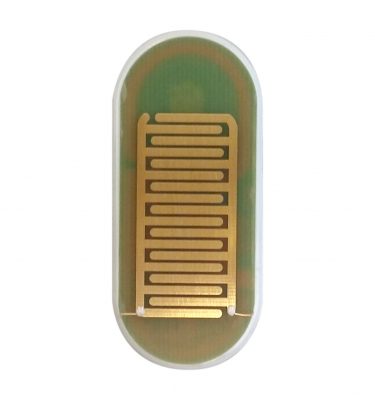Literaturnachweis
Historisch wurde kindliches Bettnässen primär als eine psychiatrische Erkrankung gesehen. Diese Sichtweise hat sich verändert, seitdem die funktionalen Störungen der beteiligten Organe und neurobiologische Zusammenhänge erforscht wurden. Enuresis wird heute nicht als eine einheitliche „Krankheit“ gesehen, sondern als komplexes Symptom, zu dem viele organische Ursachen beitragen können.
Unser Literaturnachweis soll Eltern Anhaltspunkte geben, wo sie wissenschaftlich fundierte Informationen zu den Ursachen und Behandlungsmöglichkeiten der Enuresis finden. Bettnässende Kinder benötigen in besonderem Maße Zuwendung und Unterstützung durch die Familie, und Vorwürfe aufgrund von Schuldzuweisungen sind völlig fehl am Platze. Ein Kind kann nichts für seine Gene und seine Reifungsprozesse. Genauso wichtig ist, das dem Kind eine zweckmäßige und wirksame Behandlung angeboten wird. Wirksam bedeutet nach unserem Verständnis bewiesene Wirksamkeit. Leider geistern im Internet viele Therapieangebote und -vorschläge ohne Wirksamkeitsnachweis oder sie sind sogar bewiesen Unwirksam.
Bewiesene Wirksamkeit bedeutet in der Medizin nicht, dass eine Therapie garantiert in jedem individuellen Einzelfall wirkt, sondern dass in Studien und/oder der Behandlungspraxis ein bestimmter Prozentsatz der Patienten erfolgreich behandelt werden konnte. Unsere Aussagen zur Wirksamkeit von ENUTRAIN® dürfen deshalb auch nicht in dem Sinne verstanden werden, das wir im individuellen Falle eine erfolgreiche Behandlung versprechen können oder wollen.
Für Nichtmediziner kann der Wechsel in den Fachbegriffen verwirrend sein, der in den letzten Jahren stattgefunden hat. Die zurzeit aktuelle Terminologie wurde von den Fachgesellschaften ICCS (2006) [1] und der ICI (2008) [2] entwickelt. Das jetzt als „monosymptomatische Enuresis“ bezeichnete Krankheitsbild entspricht dem früheren „Enuresis“. Die „nichtmonosymptomatische Enuresis“ deckt sich teilweise mit dem früheren Begriff der „kindlichen Dranginkontinenz“.







